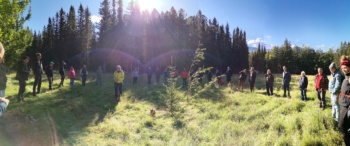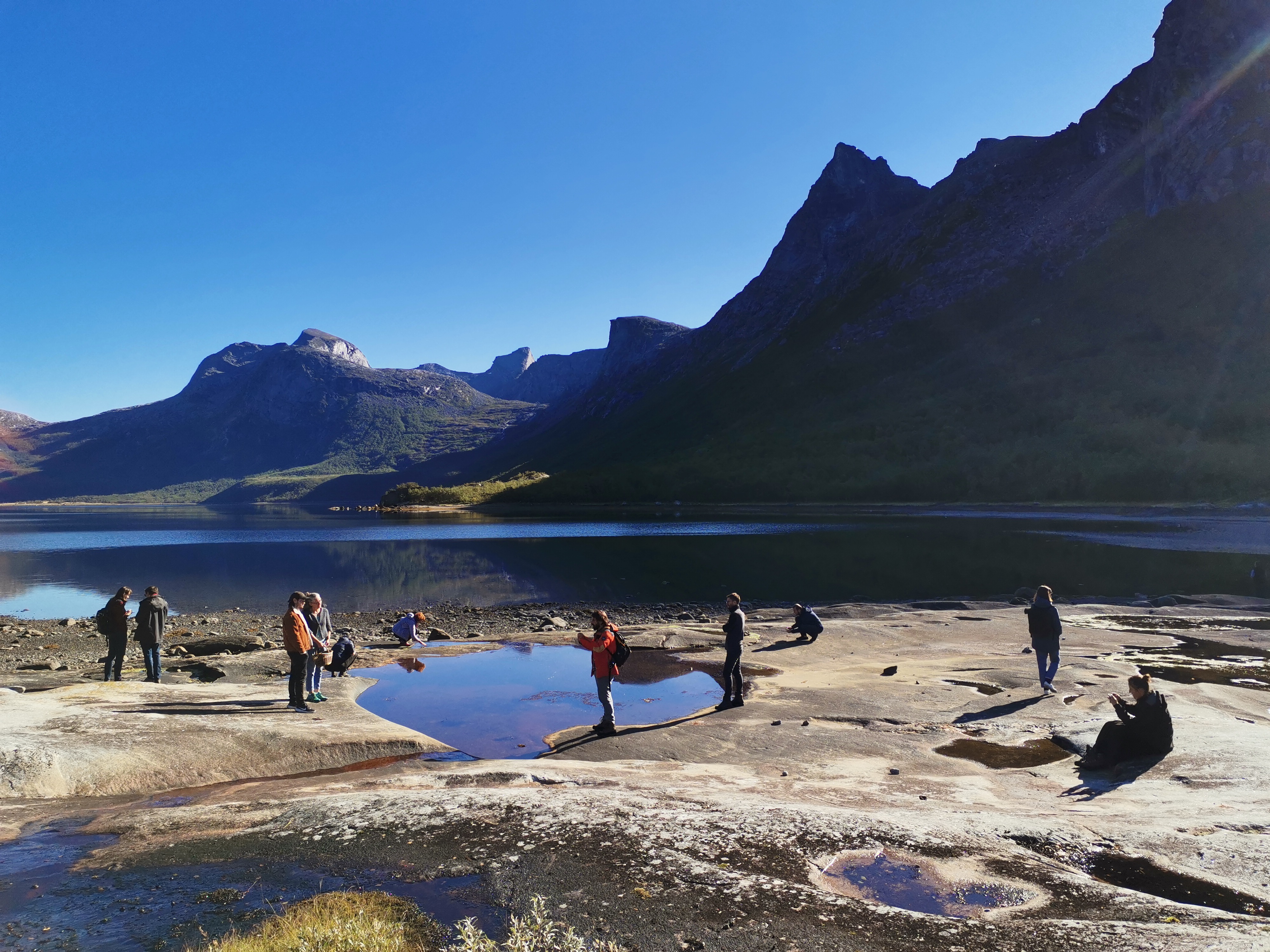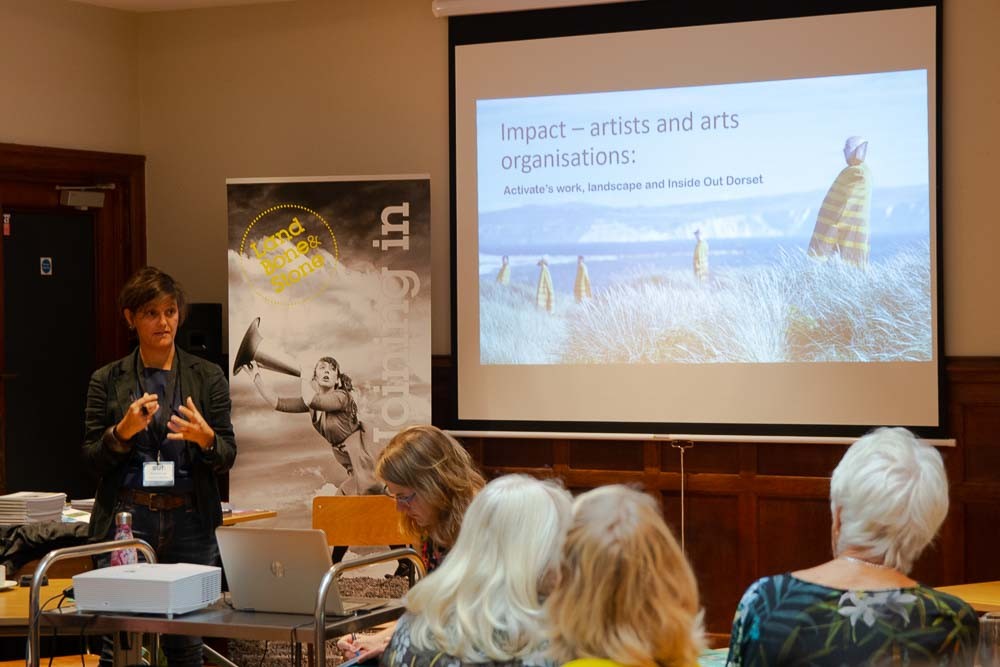Hosted by Bodø2024, our second working in LANDscapes training week has just wrapped in northern Norway — four days across Bodø, Storjord and Kjerringøy where Sámi perspectives, coastal change and city transformation framed our conversations.
The programme set out to introduce partners and invited artists to Nordlandand to open discussion on Arctic questions — from land rights to climate — with time in three distinct contexts: the national-park gateway of Storjord, the changing waterfront of Bodø, and the historic coastal settlement of Kjerringøy. Participants included a mix of artists and organisational leads from the Netherlands, the UK, France and Slovakia, alongside local hosts and experts.
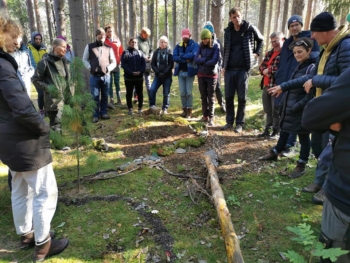
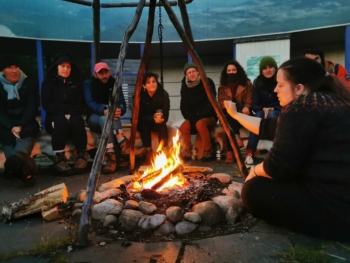
We began inland at Storjord with the Nordland National Park Centre and Adde Zetterquist Art Gallery: a guided tour and workshop with intendant Eva Gunn and artist Birgitta Linhart sat alongside encounters with Artscape Nordland and Bordalo II’s Trash Animals of Salten. In the evening, Maria Hernes Bær, Sámi Coordinator at Bodø2024, shared Sámi culture and storytelling — a session that shifted the frame from scenery to sovereignty and rights, and grounded later conversations about who speaks for landscape and why.
Back in Bodø, we turned to the city scale with an on-foot visit through Molobyen to look at “curated urban nature” in a port district mid-transformation, before stepping into the Bodø Biennale — catching Elastic Bonding outdoors and Vástádus eana / The Answer is Land by choreographer Elle Sofe Sara at Stormen Concert Hall, followed by a Q&A. Seeing a Sámi work centred so clearly on land and voice fed directly into the group’s discussions about authorship, access and responsibility.
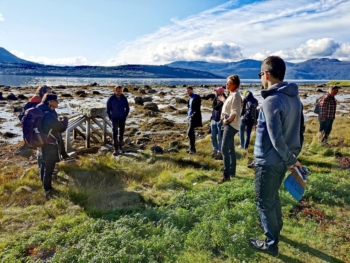
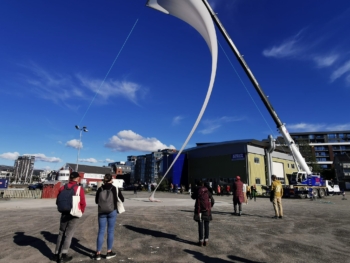
The final day took us north to Kjerringøy for a visit to the Kjerringøy Land Art Biennale (K-LAB) with founder Ane Øverås. Walking sites and talking through selection, access and community relations brought the week back to practicalities: how commissions are rooted, who is involved, and what care looks like over time.
Across the week, a strong thread emerged: the Sámi perspective on land — introduced through storytelling and encountered again in Vástádus eana — shaped how many of us thought about landscape not as backdrop but as a living, political relation. The northern setting made that possible, placing questions of language, rights and stewardship alongside our usual concerns for ecology and audience.
We left Norway with fuller networks and a sharper sense of what LAND can hold: exchange across contexts, and a practice attentive to where we stand — and to whom the land answers.
